Rising Demand for Food Production
The increasing The Fertilizer Additives Industry. As agricultural practices evolve, farmers are seeking ways to enhance crop yields and improve soil health. Fertilizer additives, such as stabilizers and enhancers, play a crucial role in optimizing nutrient availability. According to recent data, The Fertilizer Additives Market is projected to grow at a compound annual growth rate of approximately 5.5% over the next few years. This growth is largely attributed to the need for efficient fertilizers that can support sustainable agricultural practices while meeting the food production demands of a growing population.
Shift Towards Sustainable Agriculture
The Fertilizer Additives Market is experiencing a notable shift towards sustainable agricultural practices. Farmers are increasingly adopting methods that prioritize environmental stewardship and resource conservation. Fertilizer additives that promote sustainability, such as bio-stimulants and organic enhancers, are gaining popularity. This trend is driven by consumer demand for sustainably produced food and the need to address soil degradation. As a result, the market for fertilizer additives is expected to expand, with a growing emphasis on products that support sustainable farming practices. The potential for increased market penetration of eco-friendly additives could reshape the competitive landscape in the fertilizer industry.
Environmental Regulations and Standards
The Fertilizer Additives Market is significantly influenced by stringent environmental regulations aimed at reducing the ecological impact of agricultural practices. Governments are increasingly implementing policies that promote the use of eco-friendly fertilizers and additives. These regulations encourage the adoption of products that minimize nutrient runoff and enhance soil health. As a result, manufacturers are innovating to develop compliant fertilizer additives that align with these standards. The market is expected to witness a shift towards organic and biodegradable additives, which could potentially capture a larger share of the market as environmental awareness continues to rise.
Technological Innovations in Agriculture
Technological advancements in agriculture are reshaping the Fertilizer Additives Market. Innovations such as precision agriculture and smart farming techniques are enabling farmers to apply fertilizers more efficiently. Fertilizer additives that enhance nutrient uptake and reduce waste are becoming increasingly popular. For instance, controlled-release fertilizers and slow-release additives are gaining traction as they allow for more precise nutrient management. This trend is expected to drive market growth, as farmers seek to maximize productivity while minimizing environmental impact. The integration of technology in fertilizer application is likely to enhance the overall effectiveness of fertilizers, thereby boosting the demand for specialized additives.
Increasing Investment in Agricultural Research
Investment in agricultural research and development is a key driver of the Fertilizer Additives Market. Governments and private entities are allocating resources to explore innovative solutions that enhance fertilizer efficiency and effectiveness. This focus on research is leading to the development of advanced fertilizer additives that cater to specific crop needs and environmental conditions. As new formulations and technologies emerge, the market is likely to see an influx of novel products designed to improve nutrient delivery and reduce environmental impact. The ongoing investment in agricultural innovation is expected to sustain market growth and foster a competitive environment among manufacturers.
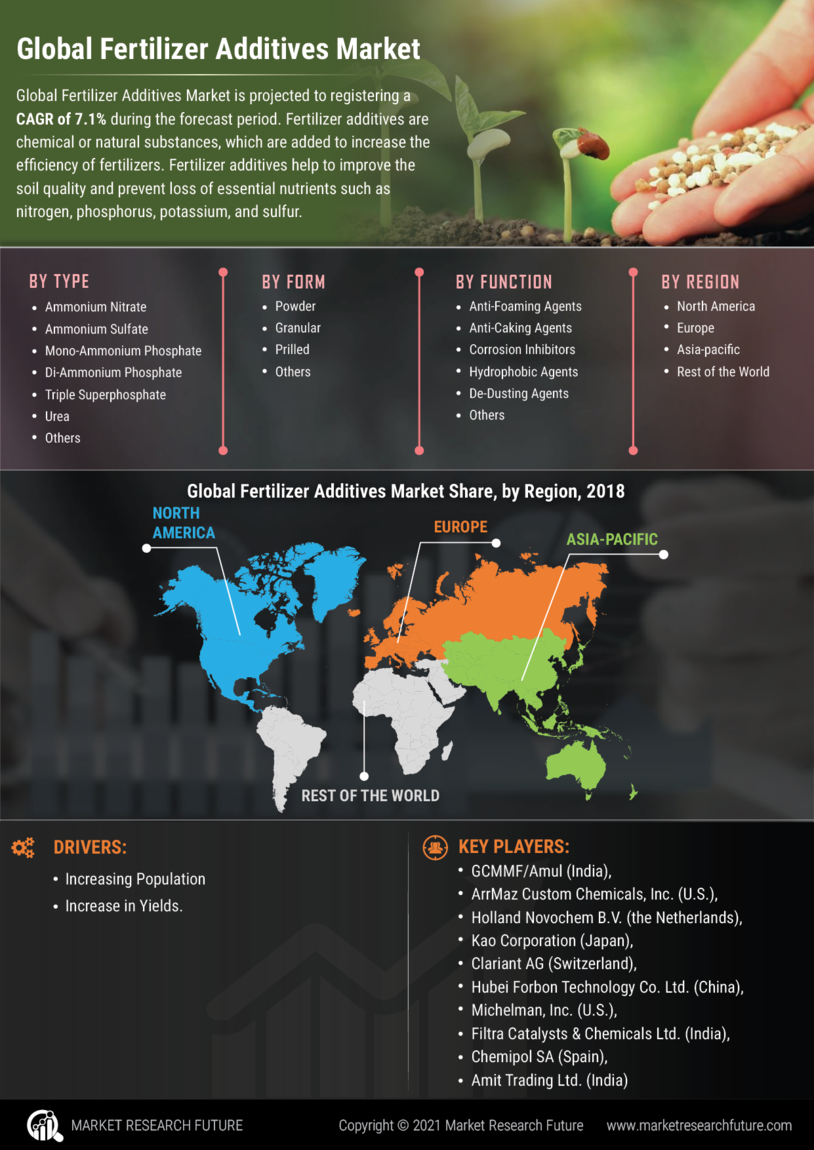

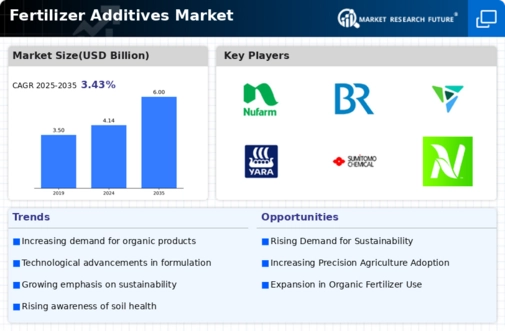
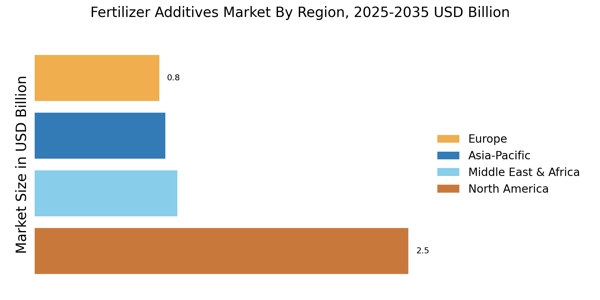
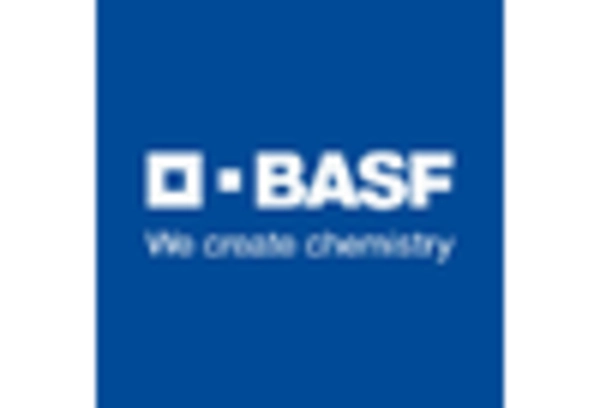

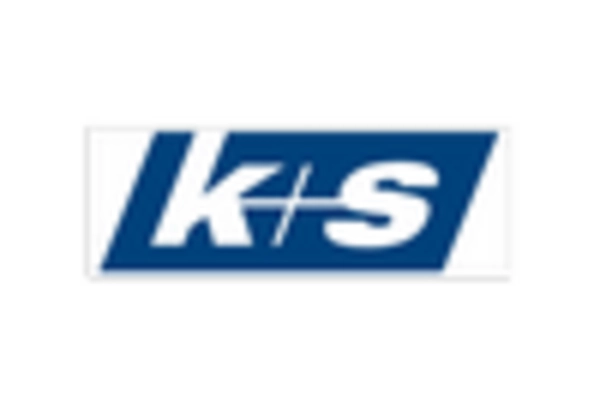

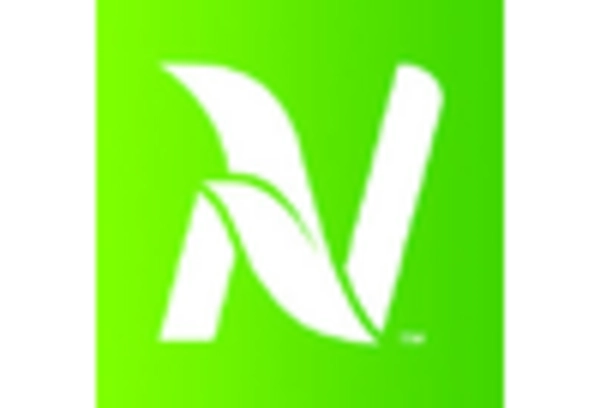
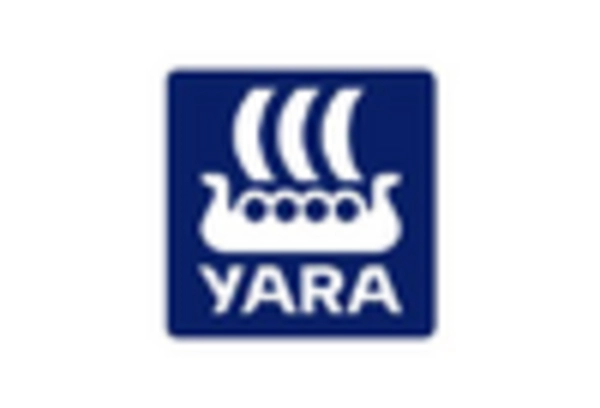








Leave a Comment